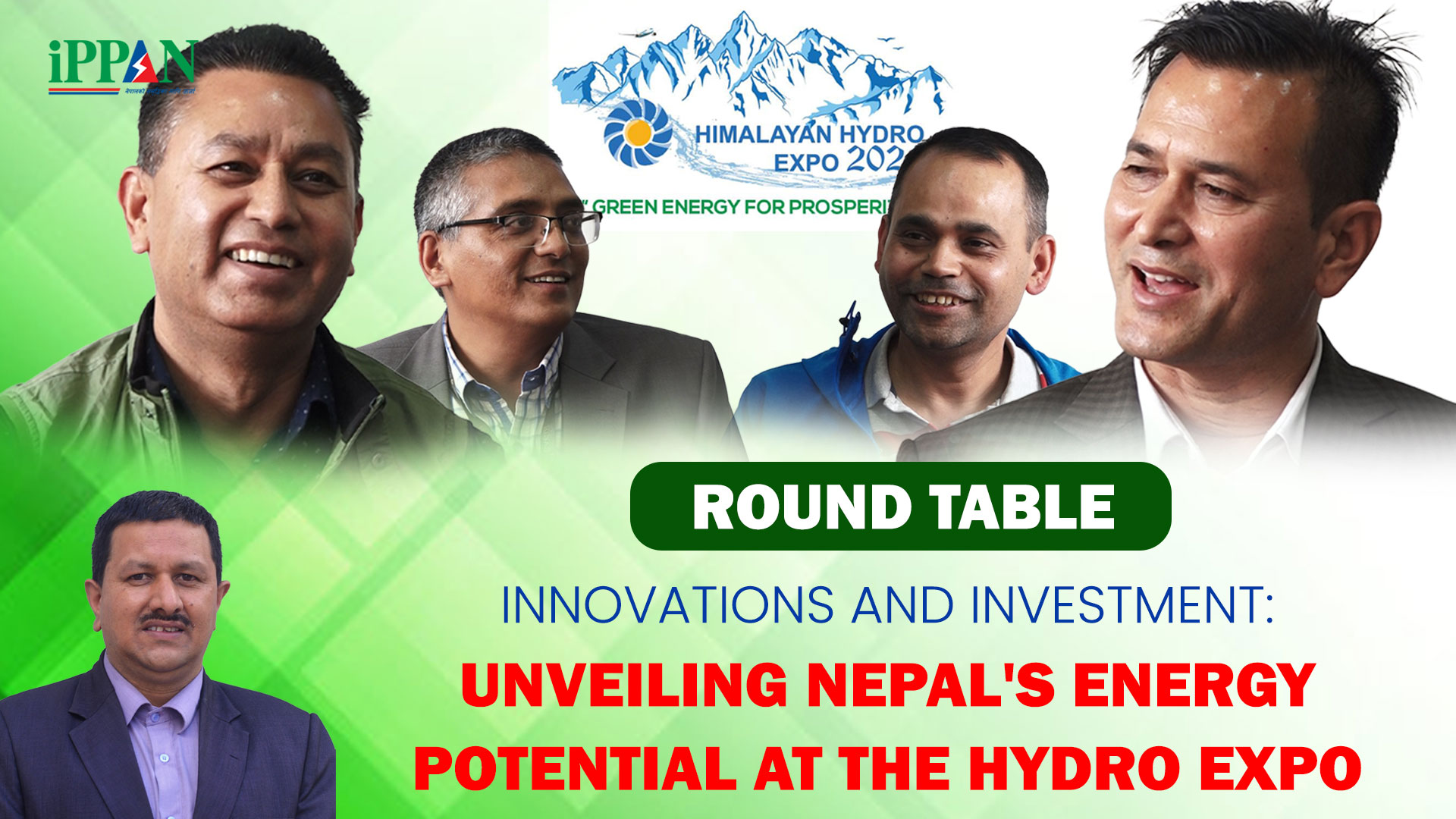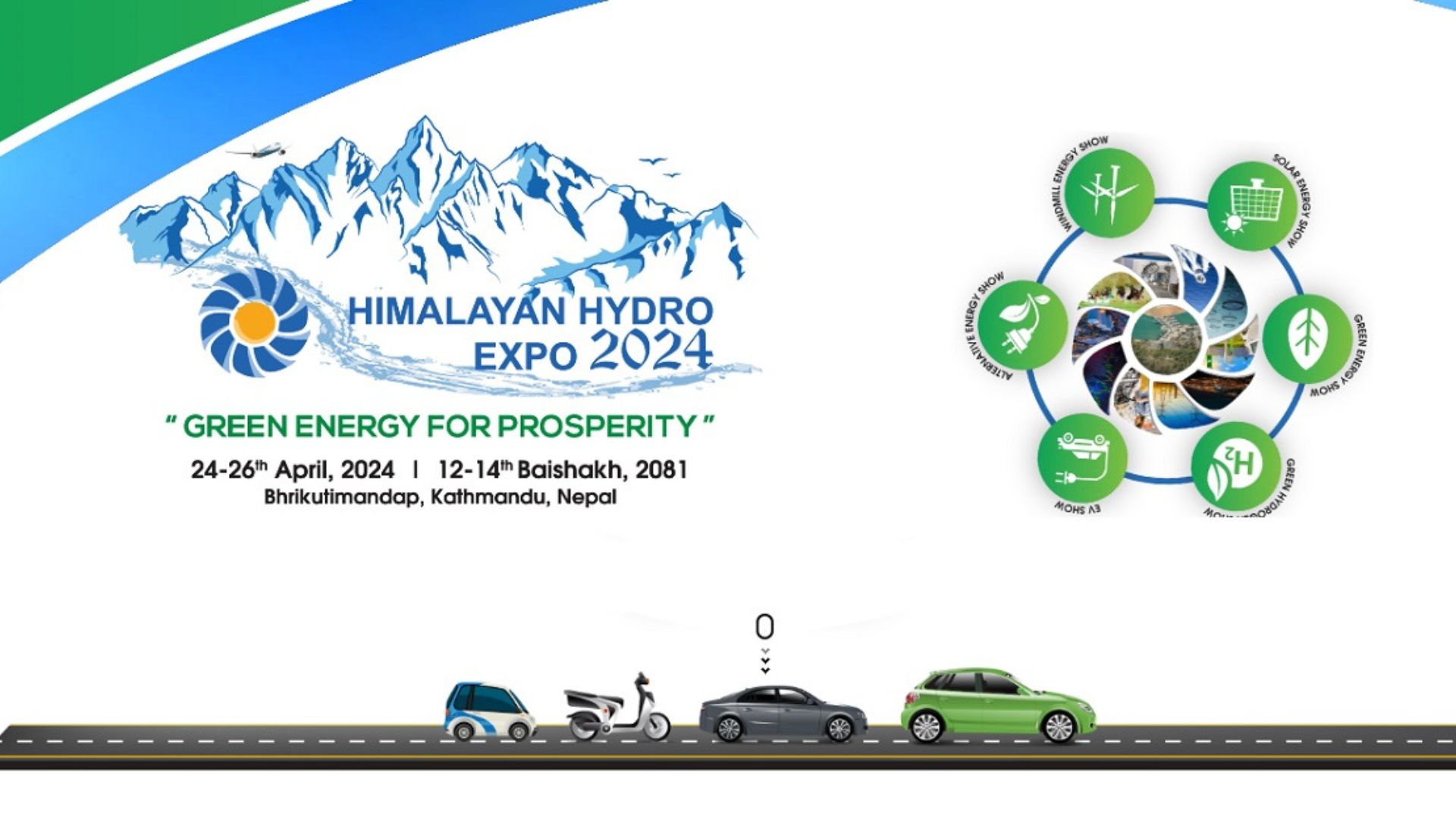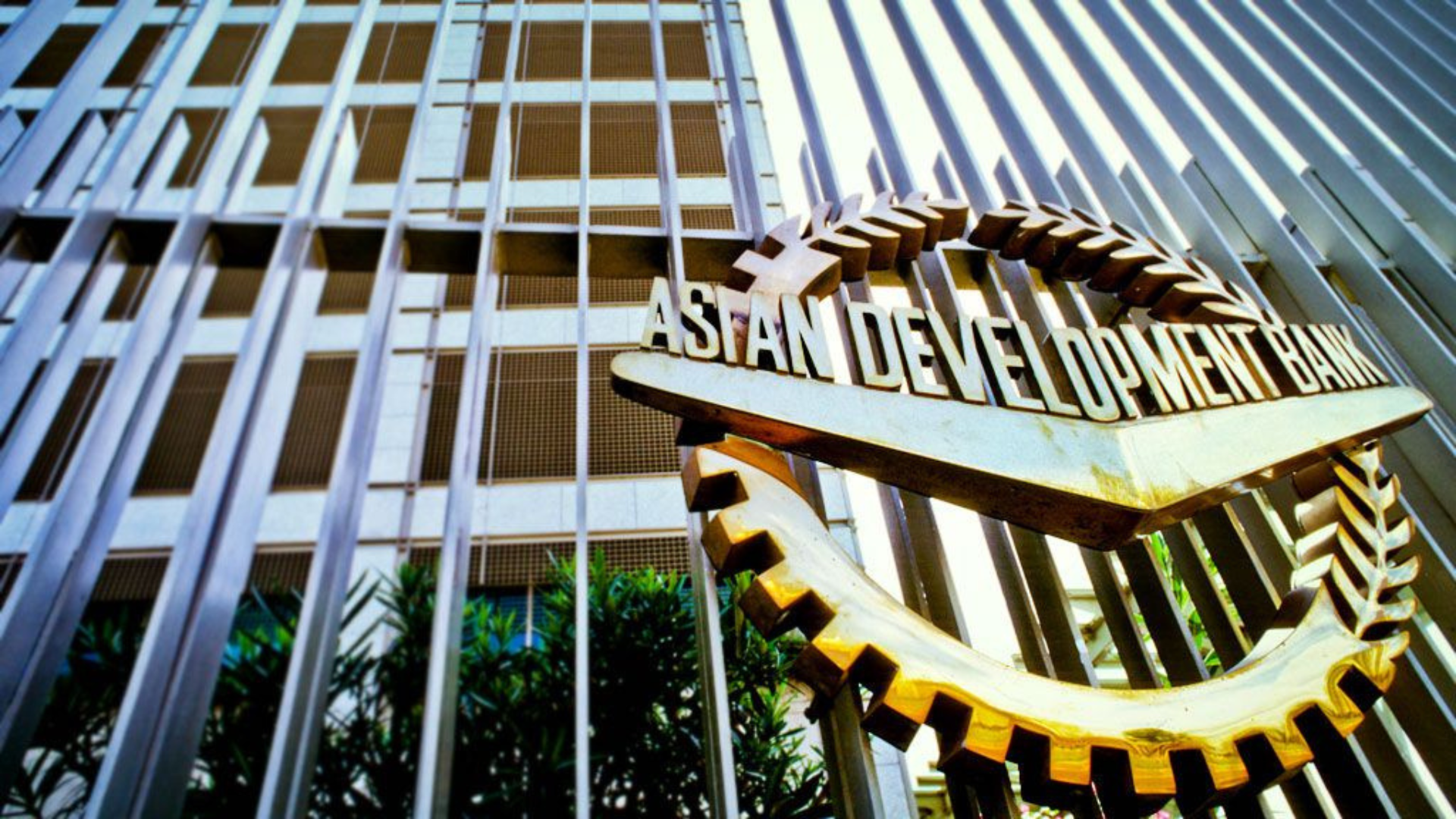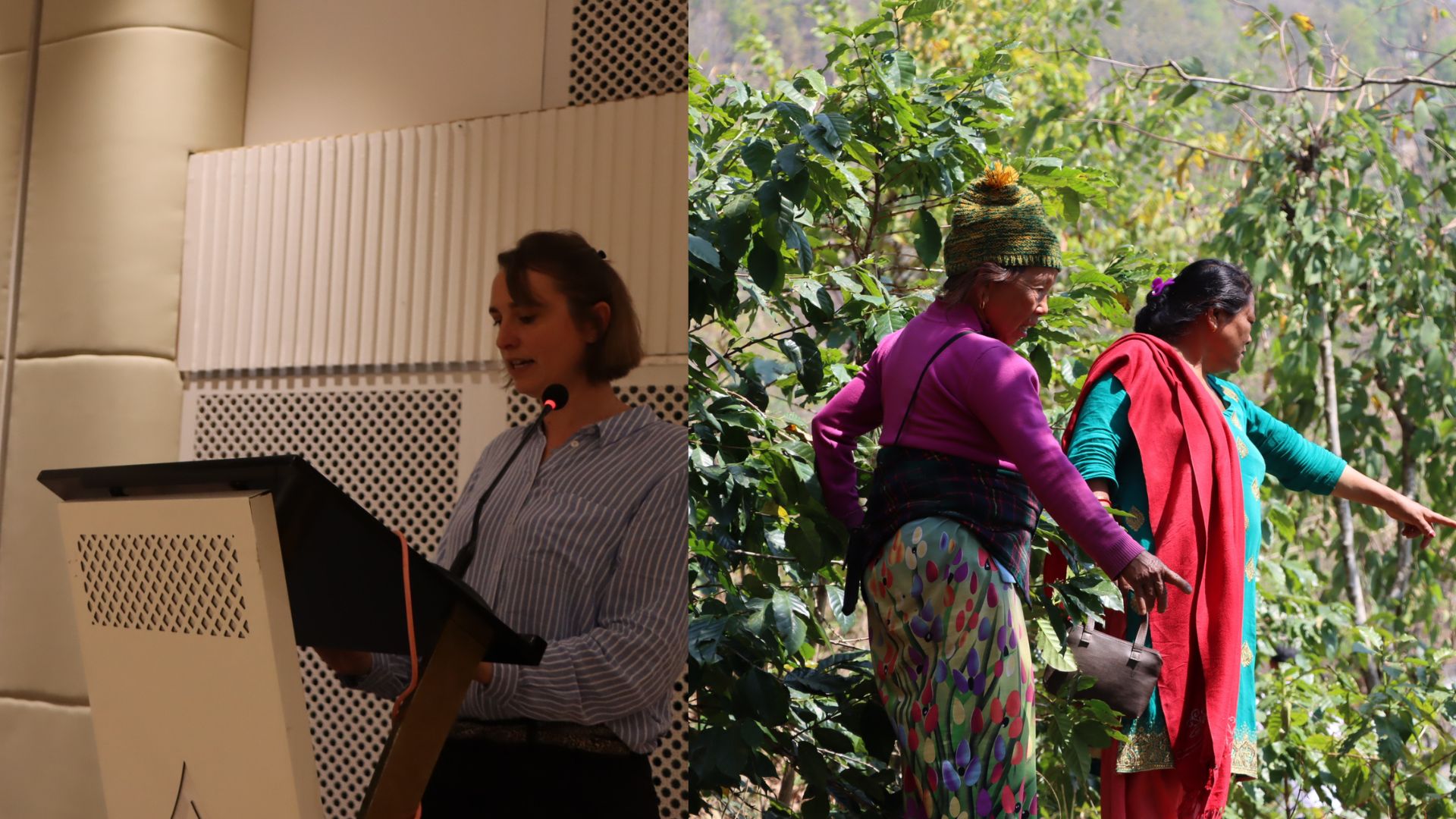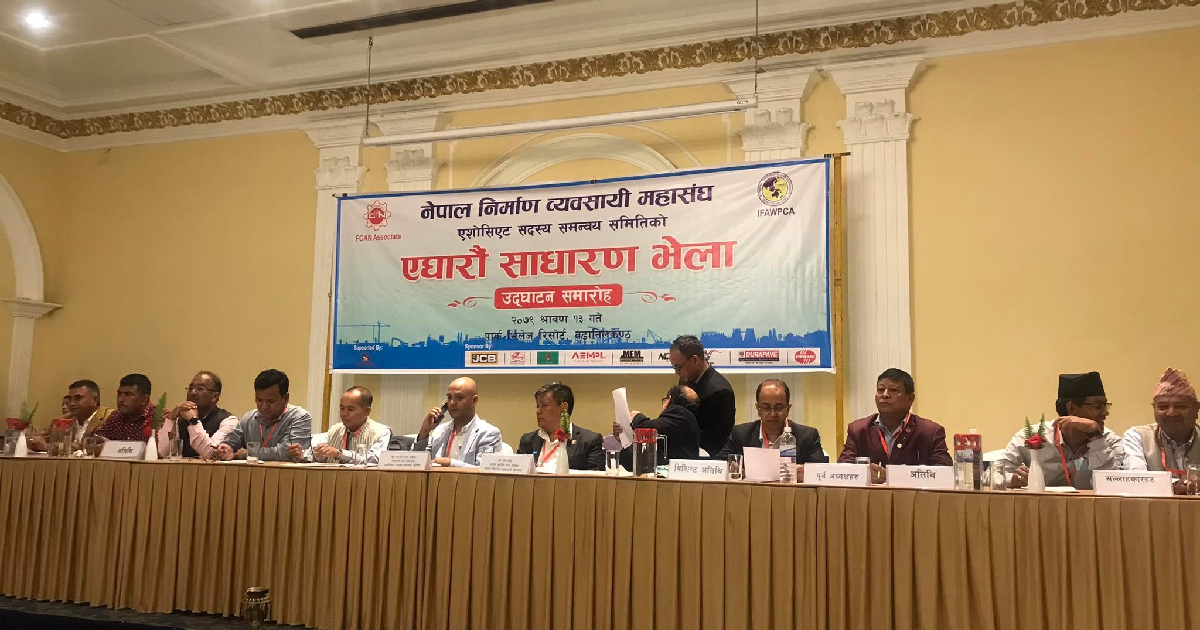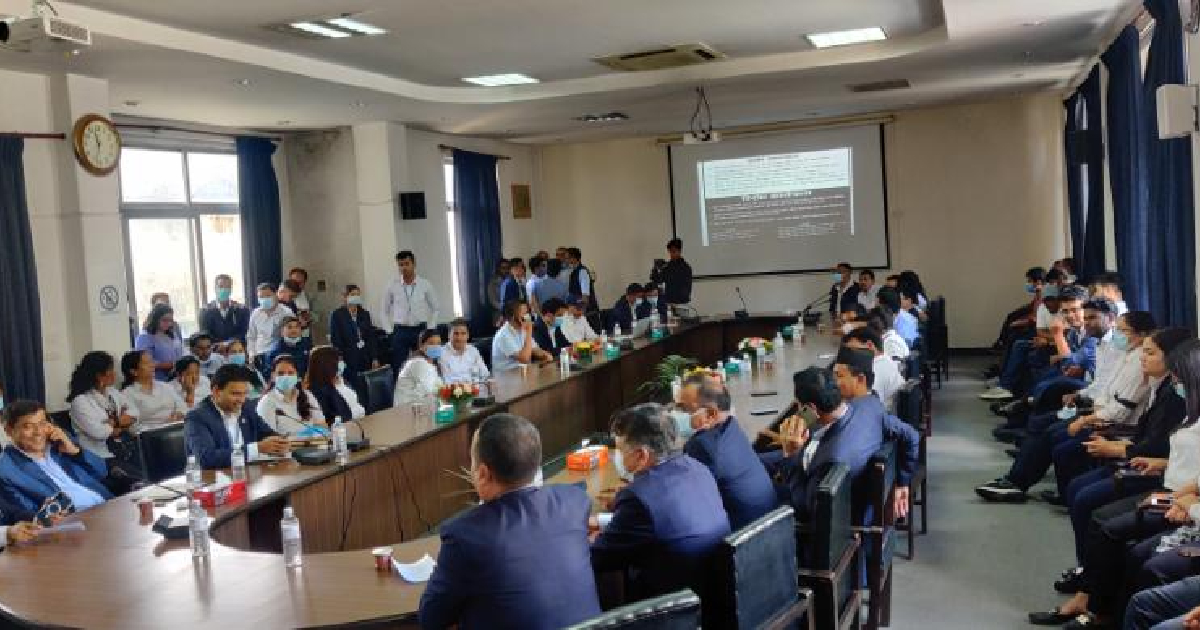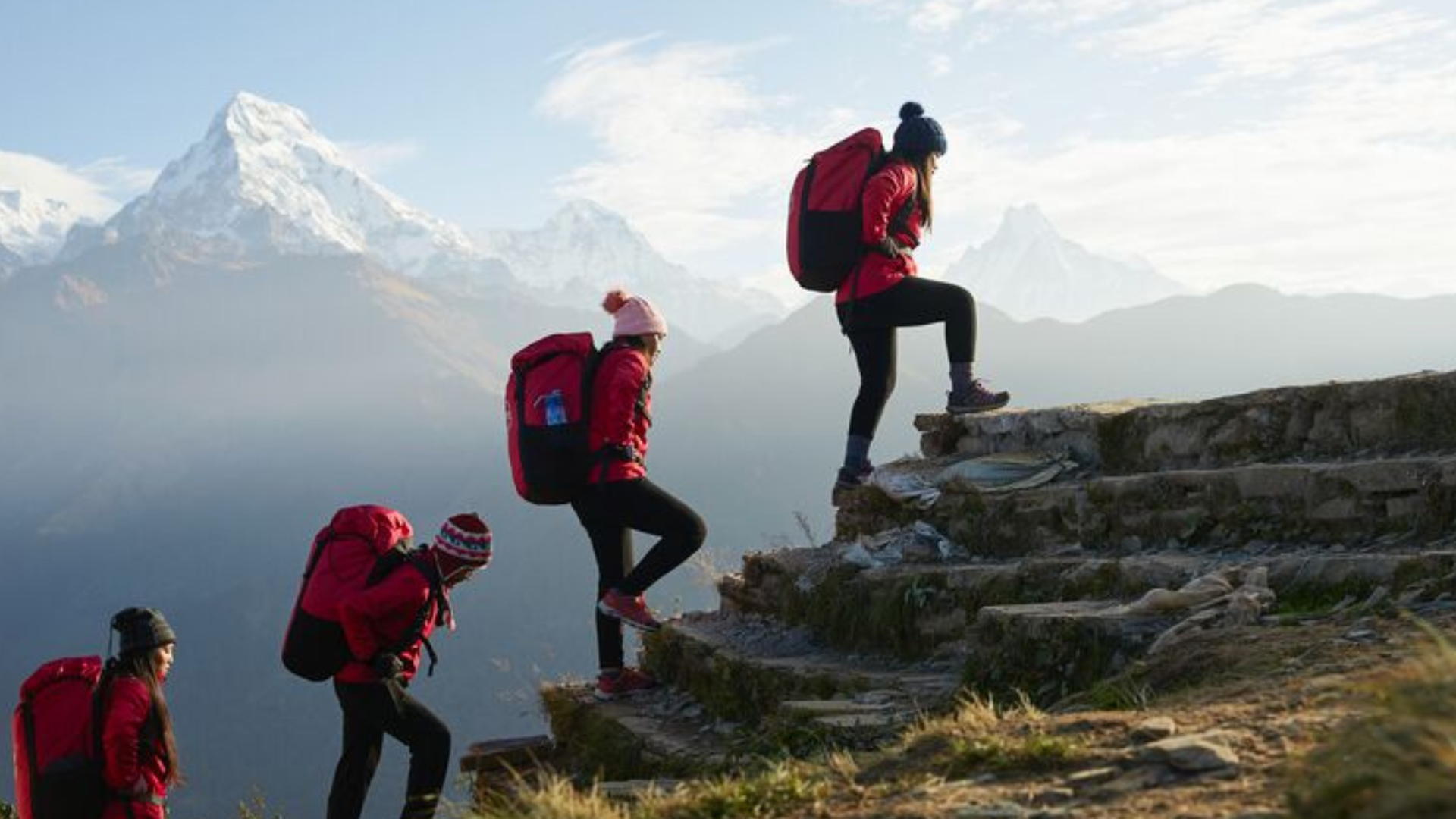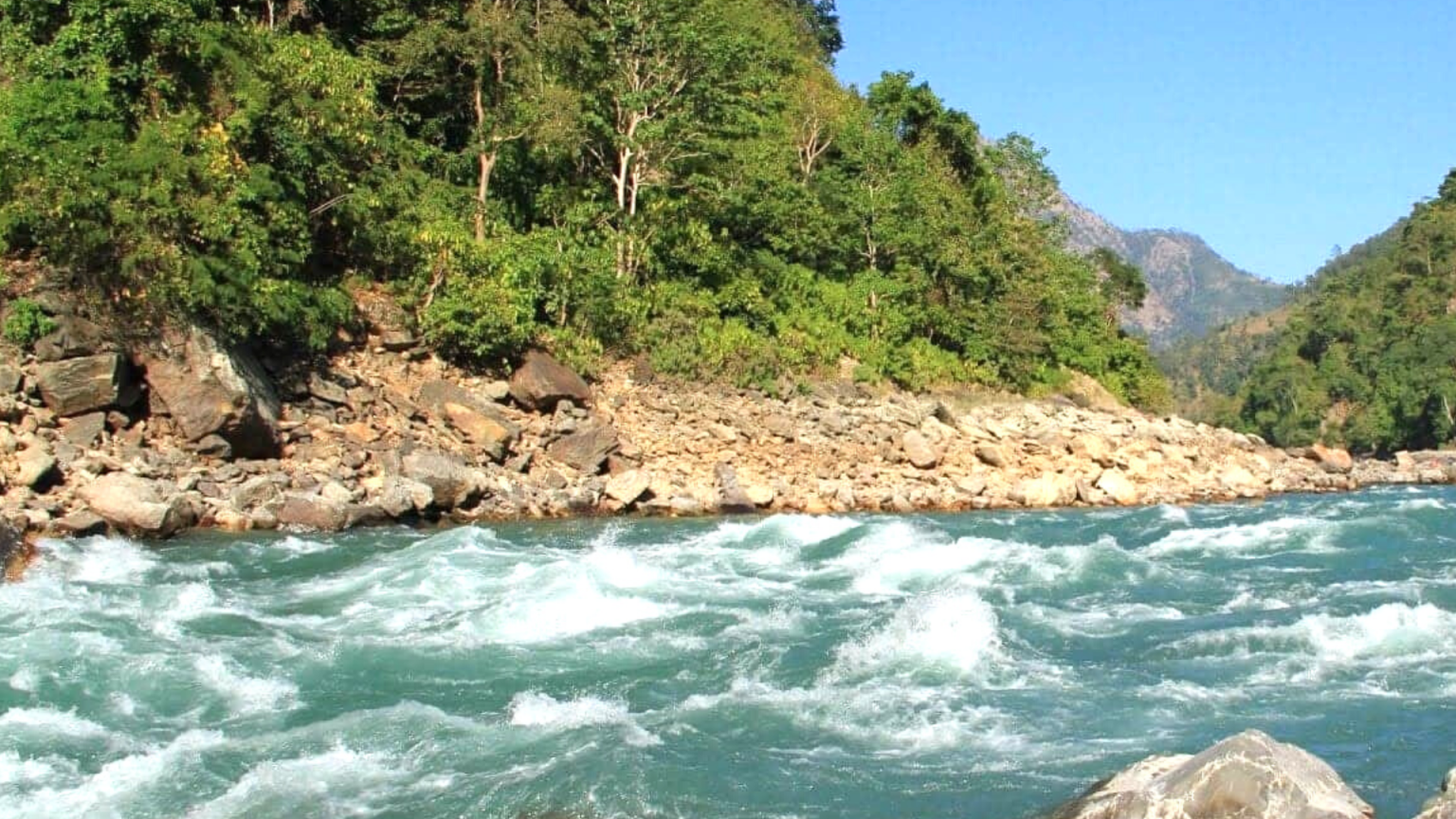

GOPINATH MANALI
Development depends on the availability of available natural resources, human resources, capital, and technology. The development and expansion of infrastructure help to combine these four types of resources to increase economic activities. Therefore, in the early days of development, most countries give priority to infrastructure development. Nepal has also been giving high priority to physical infrastructure from the beginning of the periodic plan. Infrastructure is also an important indicator of the economic development of any particular country.
Generally, road network, airport, drinking water and sanitation, telecommunication, irrigation infrastructure, powerhouse, and transmission line are considered vital infrastructure for overall economic development. Infrastructure is the structural basis required for the promotion of economic and social mobility through the production of goods and services rather than functionally. Utilization of available resources and potentials from infrastructure, exploitation of external potential, and development can be made sustainable.
The question may arise, what is infrastructure? Infrastructure is essential for the operation of any system or economy. Generally, road network, airport, drinking water and sanitation, telecommunication, irrigation infrastructure, powerhouse, and transmission line are taken under infrastructure.
According to Jeffrey Delman, weak infrastructure slows down national economic growth and international competition, while inadequate infrastructure represents poor living standards, disease, and even death.
Infrastructure facilitates economic growth, reduces poverty, and facilitates the flow of basic services.
Expansion of infrastructure is the first condition for the ‘take-off phase of development according to Rosto’s economic development framework.
The investment in infrastructure expansion has made it possible for Park Chung-hee of Korea and Lee Kuan Yew of Singapore to take the development stage to a take-off stage. The model of post-Bolshevik Soviet development was, in other words, a model of infrastructure expansion. Infrastructure expansion has also been given top priority in the framework of economic development put forward by China under Deng’s leadership since the 1970s.
Physical infrastructure is also the first condition to make the production and supply system systematic. In other words, the economic and social transformation of the country cannot be achieved without expanding the infrastructure.
Europe’s massive investment in transport and supply infrastructure even before the Industrial Revolution has brought Europe to where it is today. Therefore, infrastructure development is the first key to economic growth. The level of development is measured by the quality of the infrastructure built in any country. Low levels of infrastructure represent a low quality of life and high risk.
Nepal is a country with geographical remoteness. Physical infrastructure is considered important not only for economic development but also for the delivery of basic civic services. Infrastructure also facilitates social integration and national development.
Economic growth is the first condition for fulfilling the long-term vision of being upgraded from a least developed country to a developing country in 2022, while infrastructure expansion is the basic condition.
In other words, the economic and social transformation of the country cannot be done without expanding the infrastructure.
Significant achievements have been made in some areas of infrastructure development in Nepal. At the beginning of the planned development, there were 117 kilometers of all kinds of motor roads in the country, but now 95,596 kilometers of motor roads have been constructed for all-season traffic movement. Strategic and feeder 259 roads are of special importance in terms of transportation. Similarly, 2250 motorable bridges and more than 6000 suspension bridges have been constructed so far. Every fiscal year, all three levels of government have been allocating the budget by giving priority to road transport. All districts except Humla and 732 local municipalities are connected to the motor network.
About 80 percent of Nepal’s energy supply is still being used from traditional sources, which has led to environmental degradation and challenges to life. But society and the economy are gradually becoming energy intensive. The volume of electricity demand is increasing every year, and the distribution capacity has not increased as expected.
Despite the vast potential, Nepalis are lagging behind in using modern energy. Due to the annual flow of 224.3 billion cubic meters of water in about 6,000 rivers, there is a lot of potential for hydropower in Nepal. During the 110-year journey of hydropower development since 1968, 94 percent of households have access to modern energy from the electricity generated through 2205 MW (thermal 53.4, water 2022, solar 49, alternative 74 and 6 Mw from sugar mills).
Irrigation systems can be developed using Nepal’s river and catchment systems. Out of the total cultivable land of 2.64 million hectares, irrigation infrastructure has been expanded to about 1.512 million hectares through the surface and underground irrigation systems. However, irrigation services have not been provided at all times except in 36 percent of the command areas. Access to basic drinking water and sanitation services has reached only 89 and 99 percent of the people, respectively.
But in the field of information and communication infrastructure, liberal policies and the involvement of the private sector have led to an encouraging expansion of services. At present, around 43 million telephone lines of all types have been distributed and the telephone density has reached 139 while the internet density has reached 116. This is a remarkable achievement in a short period of time.
Analyzing the data, it seems that infrastructure other than electricity in Nepal is going through a phase of expansion. However, the situation is not as it should be, there is ample potential for improvement in terms of service utilization and quality. The condition of roads and airports is dangerous. Already operational roads, bridges, and airports are in the process of maintenance, improvement, rehabilitation, and protection. Significant progress has been made in the field of information and communication.
The goal of getting all the population involved in telephone service is nearing completion within the current periodical plan period. Six telephone service providers are active in expanding telephone services. Broadband internet has reached 638 municipalities. Until a few decades ago, Radio Nepal was synonymous with radio. Now, 650 FM stations are broadcasting across the country and 117 television channels are broadcasting regularly. Dozens of cables and digital television broadcasting and internet providers have easily taken Nepali society to the other side of the world.
About 55 percent of drinking water service structures are in need of major maintenance or rehabilitation. The condition of the power sector is very weak.
In underdeveloped countries, the role of the government is naturally seen as an investment in infrastructure. Although the private sector’s investment in the information and technology sector is significant, the public sector’s investment in major highways, powerhouses, bridges, airports, and transmission lines is remarkable. The government is directly investing around Rs. 1 trillion annually in infrastructure development. Traditionally, investment in infrastructure means investment through the government budget (tax foreign aid allocation). But the demand for infrastructure in Nepal is so high that government investment alone is unlikely to meet the demand. Due to the hilly terrain, the cost of infrastructures such as irrigation, bridges, and settlement development is also relatively high.
Innovative methods of resource investment and implementation must be adopted, which can redo the internal capacity and investment capacity so that the structures within the state and the structures outside the state can be mobilized to their capacity and capability. Another condition is the development of a culture of consensus on development issues.
Once the federal structure is fully implemented in the country, the infrastructure is also the means of connecting the provincial headquarters and slum centers, in which case there may be a demand for large investments in a few years. There is no institutional capacity to spend the allocated budget on time.
Therefore, innovative methods of resource investment and implementation should be adopted, which can revive the internal capacity and investment capacity, so that the structures within the state and the structures outside the state can be mobilized to their capacity and capability. Another condition is the development of a culture of consensus on development issues. Development should not be politicized from the political level, political resources should be mobilized for development.
(Mainali is a former Secretary to the Government of Nepal)


